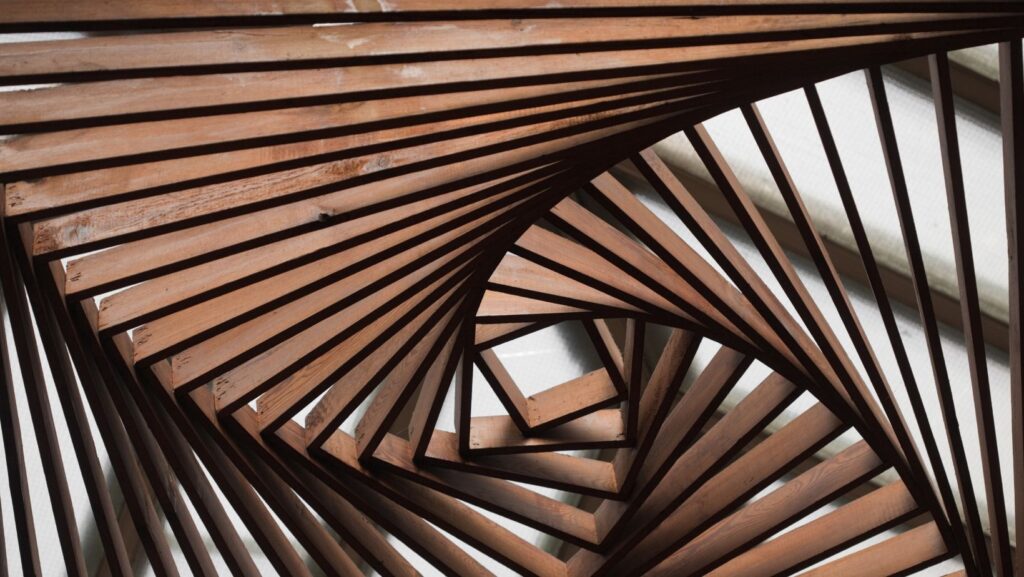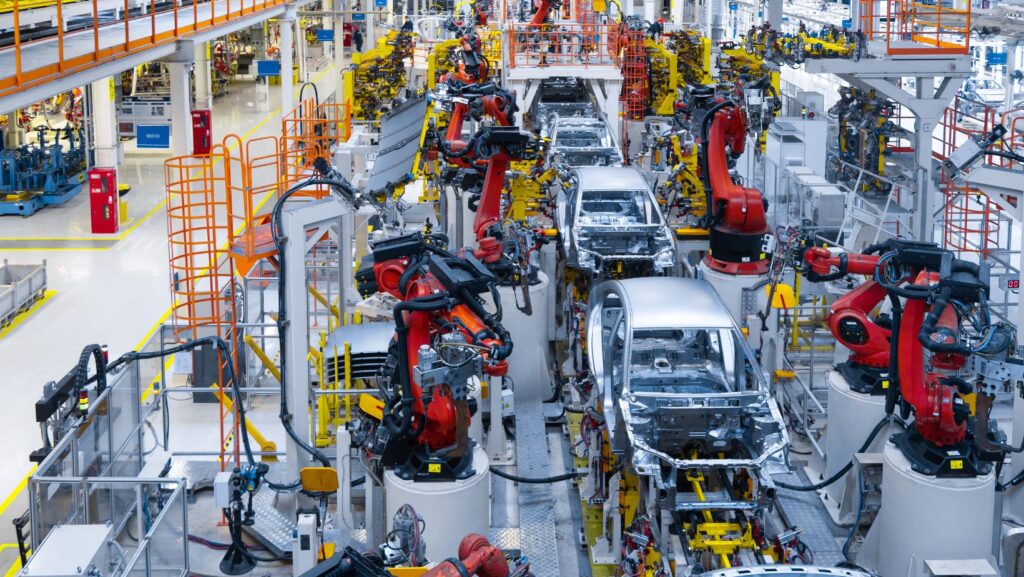Ranch architecture, with its roots deeply embedded in the American landscape, has undergone a significant transformation over the years. Originally designed for practicality and simplicity, this architectural style has evolved to meet the demands of contemporary living while retaining its timeless appeal. Today, ranch architecture represents a seamless blend of tradition and modernity, offering homeowners the best of both worlds: the charm of classic design and the conveniences of modern amenities.
The Origins of Ranch Architecture
Ranch architecture originated in the early 20th century, drawing inspiration from the Spanish colonial architecture of the American Southwest. The style was characterized by its low, horizontal profile, large windows, and open floor plans, all of which were designed to suit the wide-open spaces of the American West. These homes were typically single-story structures, making them accessible and easy to maintain.
The simplicity and functionality of ranch homes made them particularly popular during the post-World War II housing boom. They were affordable, easy to build, and perfectly suited to the suburban lifestyle that many Americans were beginning to embrace. The classic ranch home became synonymous with the American Dream, representing a new era of prosperity and comfort.
The Modern Evolution of Ranch Architecture
As the needs and tastes of homeowners have evolved, so too has ranch architecture. While the traditional elements of the style—such as the single-story layout and open floor plan—remain, modern interpretations have introduced new features that cater to contemporary living.
One of the most significant changes in modern ranch architecture is the incorporation of more complex and varied rooflines. While traditional ranch homes often featured simple, low-pitched roofs, contemporary designs may include gabled or hipped roofs that add visual interest and allow for higher ceilings and larger windows. This not only enhances the aesthetic appeal of the home but also increases natural light, creating a brighter and more open living space.
Another key evolution in ranch architecture is the integration of indoor and outdoor living spaces. Modern ranch homes often feature expansive patios, decks, and courtyards that blur the lines between the interior and exterior. Large sliding glass doors or folding walls can be opened to connect the living room with the outdoor area, creating a seamless flow that is perfect for entertaining or simply enjoying the natural surroundings.
Incorporating Modern Amenities
While the traditional ranch home was valued for its simplicity, today’s homeowners often seek a higher level of comfort and convenience. Modern ranch architecture addresses this by incorporating state-of-the-art amenities and smart home technology into the design.
Kitchens in modern ranch homes, for example, are typically designed with both functionality and style in mind. Open layouts with large islands, high-end appliances, and custom cabinetry are common, allowing for easy meal preparation and socializing. Similarly, bathrooms are often upgraded with spa-like features such as walk-in showers, soaking tubs, and heated floors, providing a luxurious retreat within the home.

Energy efficiency is another important consideration in contemporary ranch architecture. Modern designs may include features such as energy-efficient windows, advanced insulation, and solar panels, which not only reduce the home’s environmental impact but also lower utility costs. Additionally, smart home systems allow homeowners to control lighting, heating, and security from their smartphones, adding a layer of convenience and peace of mind.
Preserving the Essence of Ranch Architecture
Despite these modern updates, the essence of ranch architecture remains intact. The emphasis on a strong connection to the outdoors, the use of natural materials, and the focus on livability and comfort are all hallmarks of the style that continue to resonate with homeowners today.
One way that modern ranch homes preserve this essence is through the use of materials that reflect the natural environment. Stone, wood, and brick are often used for both exterior and interior finishes, creating a warm and inviting atmosphere that feels grounded in the landscape. These materials not only pay homage to the rustic roots of ranch architecture but also add a sense of durability and permanence to the home.
Additionally, the open floor plan—a defining feature of ranch architecture—remains a central element in modern designs. This layout promotes easy movement between rooms and encourages social interaction, making it ideal for families and those who enjoy entertaining. By keeping the living spaces open and connected, architects are able to create homes that feel both spacious and intimate, a key aspect of the ranch style’s enduring appeal.
The Appeal of Modern Ranch Homes
The evolution of ranch architecture has made it an attractive option for a wide range of homeowners. Whether you’re drawn to the simplicity and functionality of the traditional ranch or the sleek, modern updates of contemporary designs, there’s something about this style that continues to capture the imagination.

For families, the single-story layout offers a practical and accessible living environment, while the open floor plan provides plenty of space for gathering and entertaining. For those who appreciate design, the blend of traditional and modern elements creates a unique aesthetic that feels both timeless and on-trend.
Moreover, the adaptability of ranch architecture makes it well-suited to a variety of settings, from suburban neighborhoods to rural properties. Whether nestled in a wooded lot or set against a mountain backdrop, a ranch home can be designed to complement its surroundings, enhancing the beauty of the natural landscape.
Conclusion
Ranch architecture has come a long way since its early days, evolving to meet the needs and tastes of modern homeowners while preserving the timeless qualities that made it so popular in the first place. By blending tradition with modernity, architects have created a style that is both versatile and enduring, offering a perfect balance of comfort, style, and functionality.



